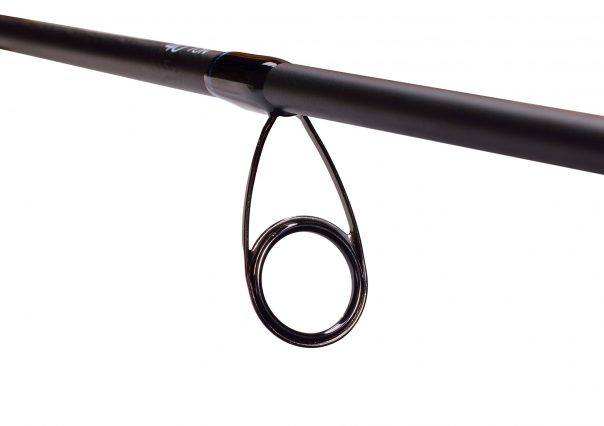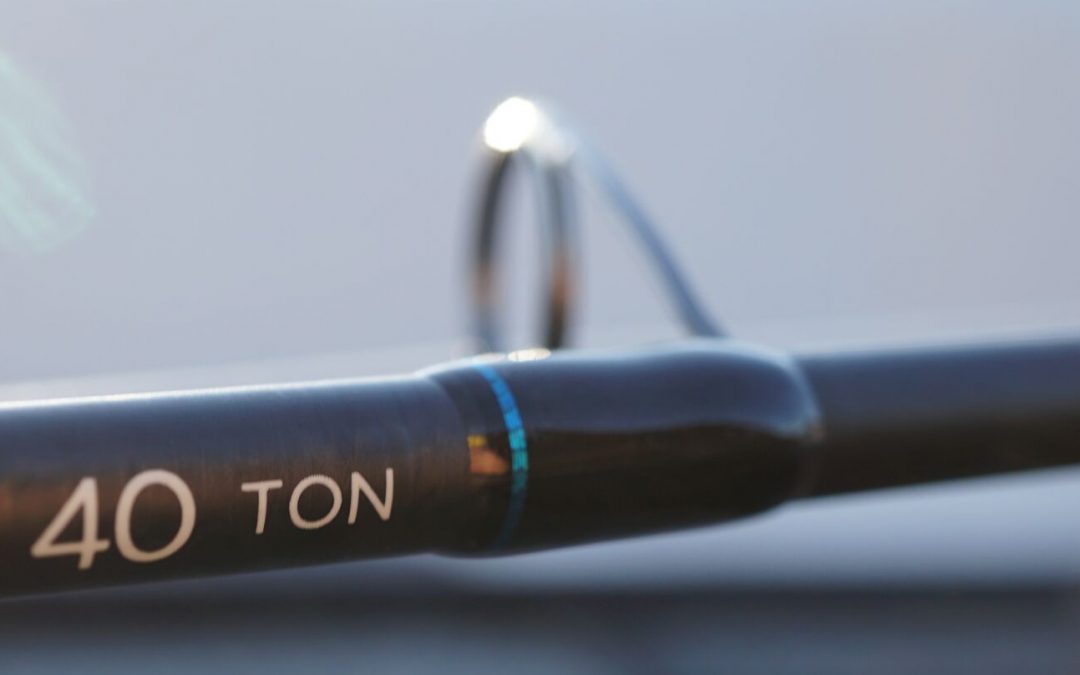It all comes down to using the correct spinning rod – one with the right balance of action, power, length, composition, and construction – for the terminal tackle you decided to match against the fish you want to catch. And… in the end… catching fish and having fun is what it is all about!
Avoiding a disaster on a fishing trip and to make those hard-earned dollars go a bit farther, don’t just wiggle a spinning rod to decide if it is right for you. Inexpensive, high-quality spinning rods (like ours) don’t look much different from ones you should avoid. Take a minute and assess these five critical features of any spinning rod to select the best one for you and your budget.
Here’s the CliffsNotes version. All of our Cadence Fishing spinning rods implement the best practices for construction, design, and meet quality standards – check out our rods – click here:
- Power: Measures strength. Think “backbone”. A heavy power rod will handle large fish, high pound-test line, heavier lure weights, and is good for hauling fish in from heavy cover. Never overmatch a rod by throwing heavy lures on light power rods.
- Action: Measures how much the rod bends. Fast action bends at the tip, moderate bends closer to the reel. Fast action rods are more sensitive while medium and slower action rods cast farther.
- Length: Longer spinning rods cast farther. Shorter rods are more accurate.
- Composition: Spinning rods come in fiberglass, graphite and composite materials. Fiberglass is indestructible, but not sensitive. Graphite is very light and sensitive. Composite rods feature various degrees of the features of fiberglass and graphite.
- Construction: Look for a reinforced reel lockup and SIC rod guides. Confirm the handle is the right length for your application and fishing style.

Now, the Details:
The fastest way to eliminate a spinning rod from consideration is to look at the lower section near the reel seat. If it does not document the action, power and length along with the recommended lure weight range, set it aside. Many spinning rods also include a recommended line weight. That was appropriate for the “olden days” when everyone used monofilament, but with today’s advanced line technology, it is pretty much meaningless. The lure weight and spinning reel size determine the pound-test or line thickness. Use the thinnest line possible for the lure size and targeted fish to improve casting distance.
Let’s dive into what those other markings mean.
Power: Usually, the first word is the power of the spinning rod using words like light, medium, medium-heavy or heavy. The power describes the strength or lifting power. A heavy action rod is made for heavier lures and higher strength line. A heavy power rod can heave more weight and provide the needed pulling power to haul a bait or a fish through a tangle of lily pads or to give the rod the backbone to keep a fish away from those obstacles.
At the other end of the spectrum, manufacturers design ultralight power rods for small lures cast on thin lines. This discussion purposely avoids quoting a pound test because of the variability in thicknesses. For example, 8-pound test Trilene monofilament has a diameter of 0.25 while the same rating in Ardent Gliss monotex clocks in at 0.004!
Overmatching the lure weight for the power may cause the tip to break. Don’t throw a 1-ounce lure on a rod designed for a ¼ ounce since the massive lure will overstress the tip. Likewise, don’t throw that same 1-ounce lure on a heavy power rod with line rated at 4-pound test – the line may snap since the rod lacks the flex to protect the light line from the casting shock.
Action: Spinning rod manufacturers use these words – fast, medium, moderate or slow to describe action. Sometimes you see blended adjectives like moderate-fast to describe a middle ground. Action describes how much the spinning rod tip bends when placed under load. Fast action spinning rods bend at the tip, medium action towards the middle while slow action spinning rods bend closer to the reel.
Since a fast action spinning rod does not have much give, it is stiffer and more sensitive; allowing you to detect a light take, set the hook quickly and easily work a topwater bait. Slow action rods have plenty of flex and are great for ultralight fishing since the flex works with the line weight line to avoid break-offs (shock absorption) and support gentler hooksets.
Since medium or light action rods bend more than a fast action, they store more power in the rod and will cast farther – making them an excellent choice for throwing lighter lures.
Length: There is a simple decision on length. Given the same size lure, a long rod will cast it farther while a short rod will be more accurate and more maneuverable where vegetation limits the casting stroke. If precision is vital, go short. If casting to wide open spaces, go long. A more extended cast will keep the lure in the water longer and present it to more fish.
Composition: Spinning rods can be made from fiberglass, graphite or composite materials. Fiberglass is super-tough. However, fiberglass spinning rods are heavy and lack sensitivity with the extra weight becoming noticeable at the end of a full day fishing. Graphite spinning rods are very light and responsive but require more care than fiberglass – keep them away from car doors! Composite materials try to blend the best of both worlds. The best choice is probably to defer to sensitivity and go with graphite. Quickly… higher modulus ratings for graphite (40 ton, 30 ton, etc) tell you how light and sensitive the graphite is with the higher number indicating less weight and more sensitivity. For example, the Cadence CR7 spinning rod is made from a 40 ton carbon blank, and is therefore extremely lightweight.
Construction: Look at the reel seat and the rod line guides.
- Reel Seat: Make sure the reel lockdown is metal or reinforced with metal. Pure plastic lockdowns break when overtightened. Beyond that, whether the handle is split or full is your choice. Do pay attention to the handle length and match it to how you fish. On a kayak, a short handle is essential given the limited range of motion sitting forces on the angler. You may want a larger handle if you want to gain more leverage for longer casts or like throwing with both hands.
- Hook Keeper: The rod should have a hook keeper to have a convenient means to keeping hooks/lures from getting caught on things and/or your line tangled.
- Rod Line guides: If you want to have a day-long conversation with a rod builder, ask about the pros and cons of various line guides. Here are 3 rules: (1) There should be one guide for every foot plus the tip, (2) Single foot guides are better, (3) Stainless steel guides are mandatory, and silicon carbon (SIC) inserts are optimized for modern lines and better than aluminum oxide.
The Cadence Fishing line of spinning rods have different price points in a wide variety of lengths with different power and action. All our rods are made from high quality graphite. Check ‘em out here!

FREE SHIPPING ON ALL ORDERS

1 YEAR WARRANTY ON ALL PRODUCTS

100% SAFE & SECURE CHECKOUTS

